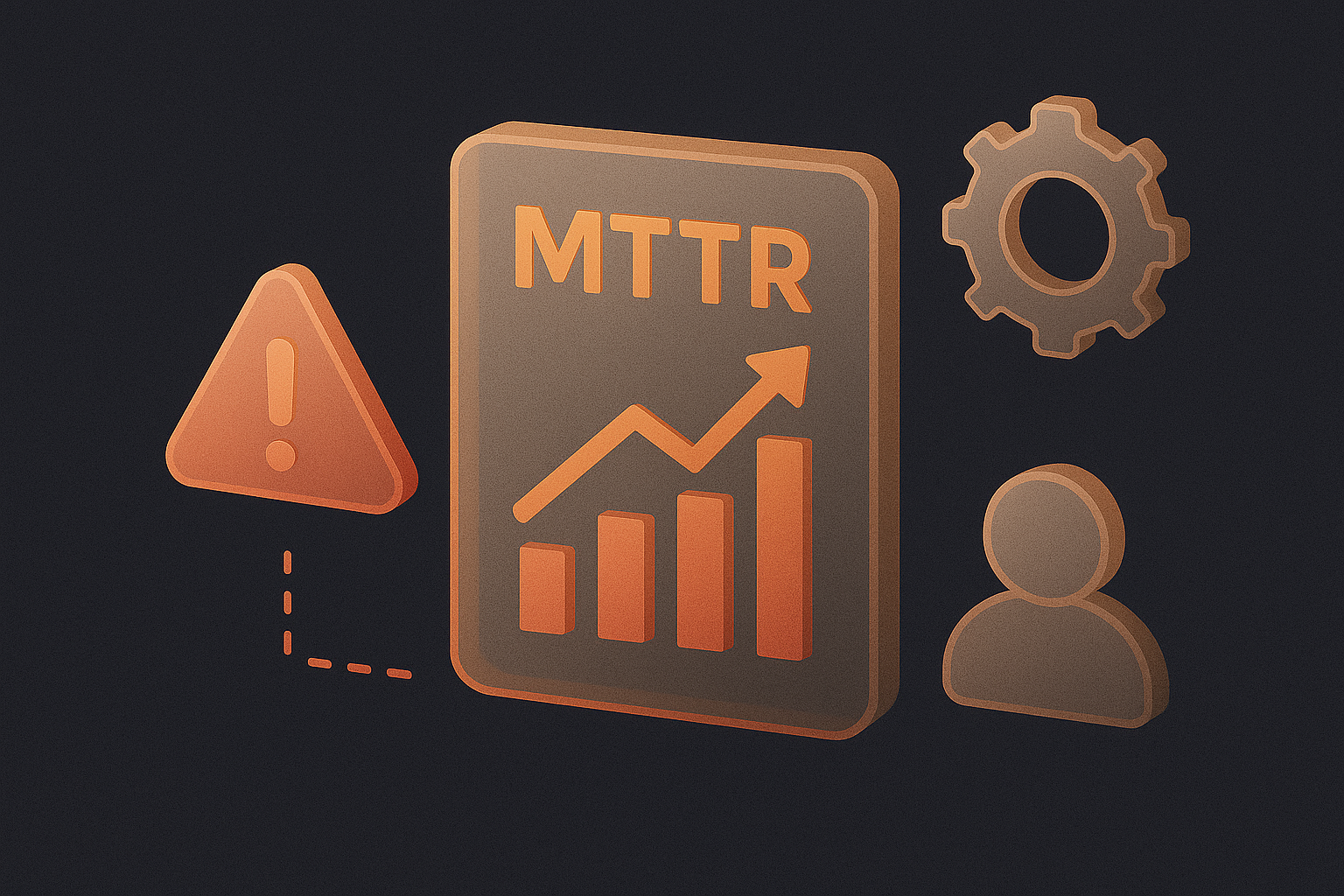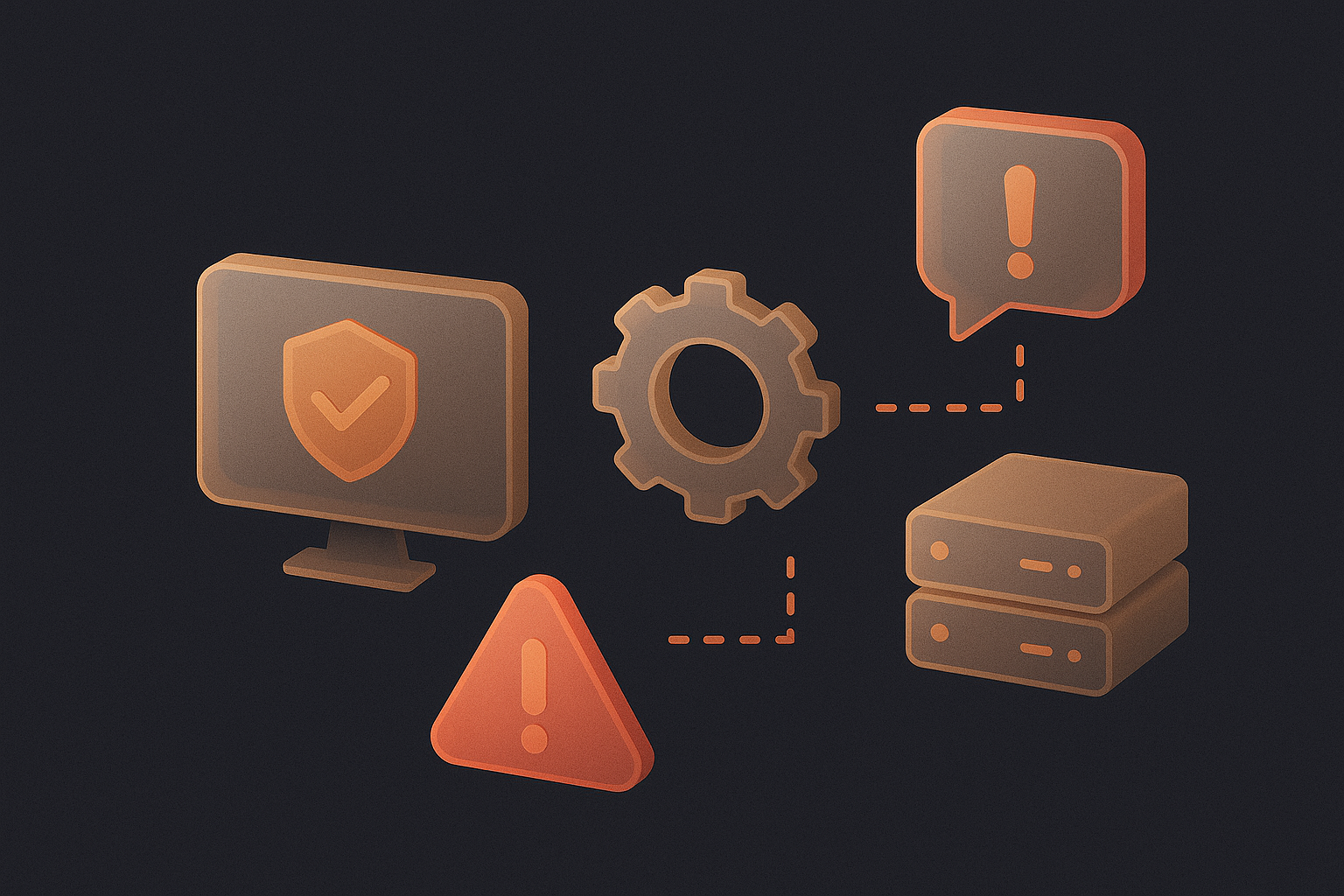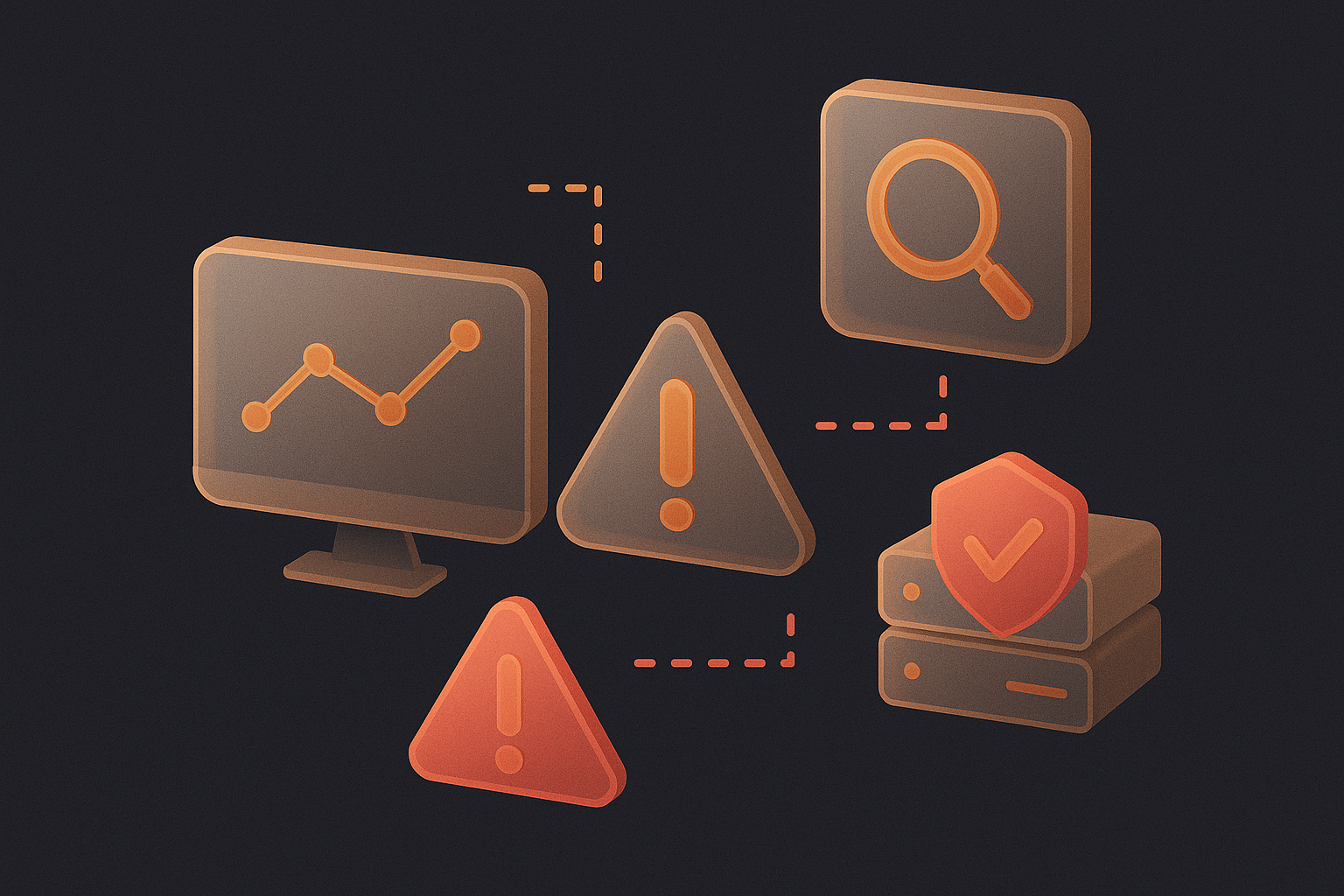In modern IT environments, monitoring tools are designed to keep businesses safe, reliable, and always on. Yet the flood of alerts generated by these systems often creates more harm than help. IT teams are inundated with constant notifications, many of which are duplicates, low-priority issues, or false positives. Over time, this leads to alert fatigue, a state where staff become desensitized and critical incidents slip through the cracks.
While alert fatigue may sound like just an annoyance, the true cost of alert fatigue is far more serious. From operational inefficiencies to staff burnout, the financial and human toll adds up quickly. The solution lies in adopting AI incident management, which transforms raw alerts into intelligent, actionable workflows that allow IT teams to work smarter, not harder.
The Hidden Costs of Alert Fatigue
1. Missed Critical Incidents
When hundreds of notifications arrive daily, the most urgent ones often get lost. A missed outage or security breach can trigger significant consequences, ranging from missed SLAs to customer churn. For industries like finance, healthcare, or e-commerce, where uptime is mission-critical, the impact of one overlooked incident can easily reach millions in direct and indirect costs.
2. Slower Response Times
Even if the alert is caught, response is delayed by the noise that surrounds it. Duplicate notifications or false positives force engineers to spend time filtering instead of fixing. In high-pressure environments, every minute matters, and a 15-minute delay in response could mean lost transactions, unhappy customers, or reputational damage that far outweighs the technical failure itself.
3. IT Staff Burnout
On-call engineers are often the first to feel the strain. Being woken up repeatedly at night for minor or duplicate issues erodes morale and increases turnover. Hiring and training skilled IT professionals is expensive, and every resignation disrupts operational continuity. Alert fatigue is not just a technical problem, it is a human resources problem with measurable business impact.
4. Operational Inefficiency
Without context or prioritization, IT teams spend hours triaging alerts that do not require immediate action. This inefficiency prevents them from working on projects that drive innovation, security improvements, or customer value. Instead of contributing strategically, highly skilled engineers are reduced to human filters for noisy monitoring tools.
5. Escalation Costs
When alerts are missed or delayed, problems snowball into major incidents. A small network issue that should have been resolved in minutes escalates into hours of downtime involving senior engineers, managers, and sometimes executives. Each escalation multiplies the costs of recovery and amplifies the overall alert fatigue cost.
Why AI Changes the Game
Traditional monitoring tools are great at detecting issues but poor at telling IT teams which ones actually matter. This is where AI for alert reduction comes in. By applying machine learning and correlation logic, AI can separate real problems from background noise.
With AI incident management, organizations gain:
- Noise Suppression: Eliminate low-value notifications and collapse duplicates into a single incident.
- Intelligent Incident Response: Automatically correlate alerts from different systems into one event, surfacing the most urgent ones first.
- Contextual Insights: Provide historical data, patterns, and probable root causes with every incident, reducing investigation time.
- Dynamic Escalations: Route incidents to the right responder through multiple channels like voice, SMS, Slack, or Microsoft Teams, ensuring nothing is missed.
By turning alerts into actionable incidents, AI transforms overwhelming noise into clarity.
The Business Value of AI Incident Management
The benefits of AI go beyond improving IT workflows. They directly translate into measurable business results:
- Reduced Downtime: Faster detection and prioritization minimize revenue losses and protect customer trust.
- Lower Operational Costs: Teams spend less time chasing false positives and more time delivering projects that improve business performance.
- Improved Staff Retention: Reducing alert fatigue creates a healthier work-life balance for IT staff, lowering turnover costs.
- Enhanced Customer Satisfaction: Customers experience fewer disruptions and more reliable digital services.
For organizations already using Cisco Meraki, AppDynamics, ThousandEyes, or Splunk, AI incident management is the missing layer. These platforms deliver visibility, but without AI to filter and prioritize, they risk drowning teams in noise. Adding a solution like AlertOps provides the AI-powered incident management layer that bridges the gap between monitoring and resolution.
\The true cost of alert fatigue cannot be underestimated. It is measured not only in technical downtime but also in staff burnout, rising operational costs, and the loss of customer confidence. Traditional monitoring tools alone cannot solve the problem.
By adopting AI incident management, IT leaders can reduce noise, prioritize intelligently, and implement intelligent incident response that makes their teams faster, sharper, and more resilient. The result is an IT organization that spends less time reacting to alerts and more time driving innovation, growth, and business value.



